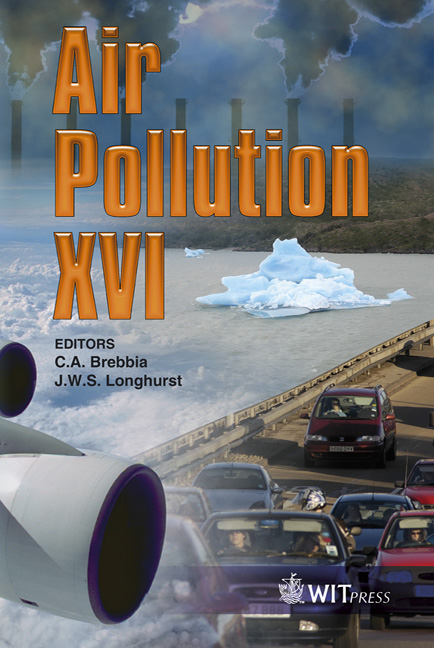Air Pollution And Management In The Niger Delta – Emerging Issues
Price
Free (open access)
Transaction
Volume
116
Pages
10
Page Range
207 - 216
Published
2008
Size
660 kb
Paper DOI
10.2495/AIR080221
Copyright
WIT Press
Author(s)
M. A. Fagbeja, T. J. Chatterton, J. W. S. Longhurst, J. O. Akinyede & J. O. Adegoke
Abstract
This paper considers the various sources of air pollution in the Niger Delta and reviews some of the possible management strategies available to the authorities. The identified sources include burning of fossil fuels for transportation and industrial power generation, use of fuel wood and kerosene for domestic cooking and lighting, and gas flaring and are a function of urbanisation and industrialisation in an oil rich environment. The level of pollution due to gas flaring is considered. Gas flaring in the region is identified as one of the main sources of both CO2 and CO, and it is expected to be a major contributor to NOx, and NMVOC concentrations in the Niger Delta. Challenges confronting air quality and carbon management in Nigeria are highlighted. Finally, an introduction to the National Space Research and Development Agency (NASRDA) funded research on air quality and carbon management in the Niger Delta is presented. Keywords: air pollution, Niger Delta, gas flaring, remote sensing, GIS. 1 Introduction Pollution is defined by the European Union 1996 Council Directive on Integrated Pollution Prevention and Control (IPPC) as \“the direct or indirect introduction as a result of human activity, of substances, vibrations, heat or noise into the air, water or land which may be harmful to human health or the quality of the environment,
Keywords
air pollution, Niger Delta, gas flaring, remote sensing, GIS.





